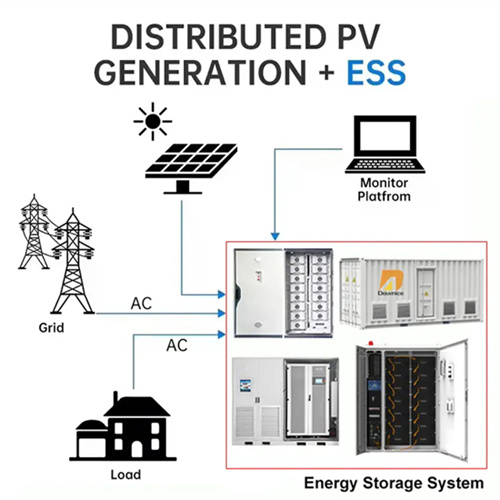About How to make a lithium polymer battery
A lithium polymer battery, or more correctly, lithium-ion polymer battery (abbreviated as LiPo, LIP, Li-poly, lithium-poly, and others), is aoftechnology using a instead of a liquid electrolyte. Highly conductive semisolid () polymers form this electrolyte. These batteries provide higherthan other lithium battery types.
As the photovoltaic (PV) industry continues to evolve, advancements in How to make a lithium polymer battery have become critical to optimizing the utilization of renewable energy sources. From innovative battery technologies to intelligent energy management systems, these solutions are transforming the way we store and distribute solar-generated electricity.
When you're looking for the latest and most efficient How to make a lithium polymer battery for your PV project, our website offers a comprehensive selection of cutting-edge products designed to meet your specific requirements. Whether you're a renewable energy developer, utility company, or commercial enterprise looking to reduce your carbon footprint, we have the solutions to help you harness the full potential of solar energy.
By interacting with our online customer service, you'll gain a deep understanding of the various How to make a lithium polymer battery featured in our extensive catalog, such as high-efficiency storage batteries and intelligent energy management systems, and how they work together to provide a stable and reliable power supply for your PV projects.
Related Contents
- How to make a lithium battery
- How to make lithium ion battery last longer
- How to put out a lithium polymer battery fire
- How to charge 18v lithium battery
- How to get a lithium battery out of sleep mode
- How much lithium for one car battery
- How to charge a lithium iron phosphate battery
- How to jump start car with lithium battery
- How to charge ryobi 18v lithium battery
- How to deal with a lithium battery fire
- How a lithium ion battery works
- How to wake up ionic lithium battery


